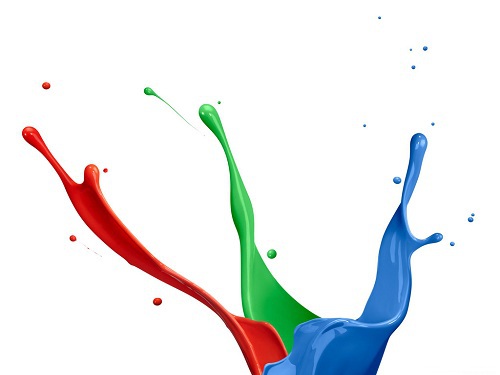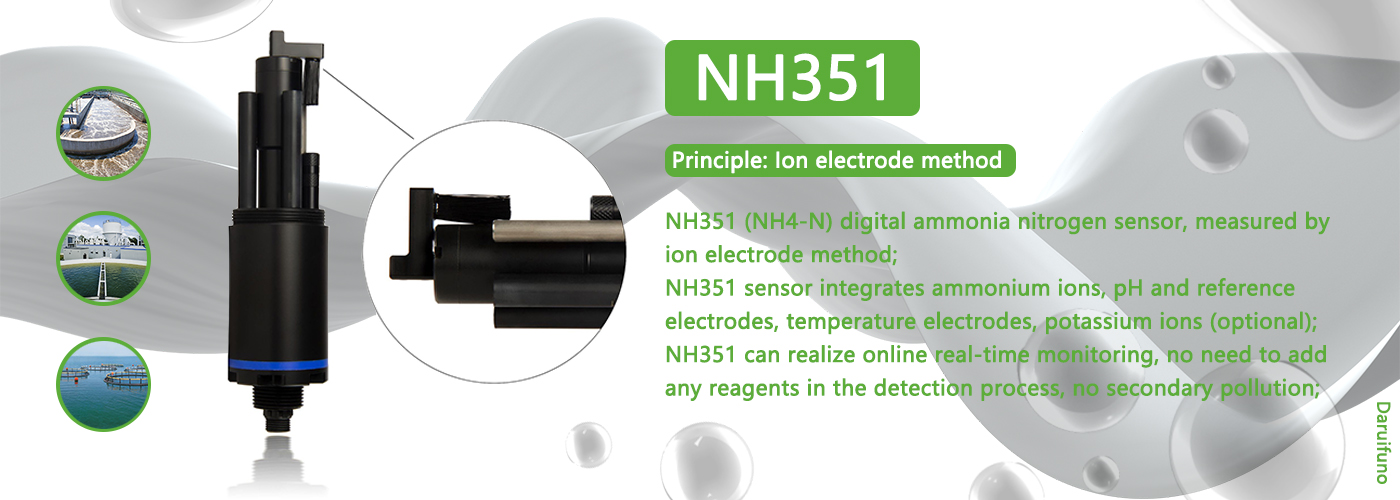In 2015, the drop in the price of crude oil favored the global paint industry. The basic cost was reduced by 8.3%, while the reduction in the cost of raw materials further boosted the growth of paint consumption. In 2015, global paint sales reached 37.27 million tons and sales reached US$128.2 billion. Compared with 2014, global paint sales increased by 3.5%. Looking at the sales of the paint and coatings industry in recent years, the Asia-Pacific region is still the best market in the world. The annual compound annual growth rate of sales in the Asia-Pacific region reached 6.4%, while the compound annual growth rate of sales volume reached 5.2%. Ammonia nitrogen is a common pollutant in industrial, agricultural and domestic wastewater. Ammonia nitrogen will consume the dissolved oxygen in the water body, leading to eutrophication of the water body. The digital ammonia sensor measures ammonium ions based on the ion-selective method and consists of a working electrode, a reference electrode, an ion-selective membrane and an electrolyte. The ammonia nitrate probe is an online device for monitoring the content of ammonia nitrogen (NH4+-N) in water, which is suitable for various water bodies, including lakes, streams, groundwater and wastewater. The waterproof level of the NH4-N ammonia sensor is IP68, supports Modbus communication protocol, has automatic temperature and pH compensation function, and is environmentally friendly. The ammonia nitrogen probe has higher precision, wider measurement range and strong stability.
In sewage measurement, potassium ions and ammonium ions have similar chemical properties and are the most significant interference factor, which will cause high measured values. Therefore, potassium ion compensation is required. In addition, the temperature and pH of water samples are also dynamically compensated.
Ammonia Sensor,Ammonia Nitrate Probe,Nh4-N Ammonia Sensor,Fish Framing Ammonia Sensor Suzhou Delfino Environmental Technology Co., Ltd. , https://www.daruifuno.com
The paint industry can be divided into construction, decoration, industrial and specialty coatings markets. Architectural coatings are the largest, followed by industrial coatings and specialty coatings, while industrial coatings are driven by industrial production and the automotive industry.
In 2015, sales of architectural coatings totaled 19.06 million tons, accounting for 51% of the total sales of the industry, and annual sales of 62.11 billion US dollars, accounting for 49% of total sales. The continuous growth of the architectural coatings market has benefited from the increase in global construction projects, accelerated urbanization, and good economic conditions. For many years, companies such as AkzoNobel, Sherwin-Williams, Diamond Coatings and Sancai Coatings have been committed to the innovation of architectural exterior coatings, enabling people to realize the advantages of environmental protection products and their functions. Nowadays, the demand for low-VOC coatings has pushed the industry's paint industry to develop in the direction of “green†environmental protection because green coatings have a self-cleaning function. Green paint has become an important category of environmentally friendly coatings.
In 2015, the sales volume of industrial coatings was 10.44 million tons, accounting for 28% of the total sales of coatings. The annual sales amounted to 30.77 billion US dollars, accounting for 24% of the total sales. With the advancement of science and technology and the emergence of new technologies, the industrial coating market has gradually shaken off the embarrassing situation of the lack of differentiated products. On the other hand, rising disposable income of residents also contributes to the development of industrial coatings. It has contributed to the continued growth of global car ownership, especially in Europe and Asia, where industrial coatings have been widely used in the automotive industry. We know that the production of metal for automobiles requires the use of protective and anti-corrosion coatings, as well as the use of paint coatings for automotive interior plastic panels, which are driving the growth in the demand for industrial coatings.
The Asia Pacific region is still the world’s largest paint consumption region, followed by Europe, North America and Latin America. In 2015, sales of coatings in the Asia-Pacific region were 49%, of which China accounted for 60% of the Asia-Pacific paint market and India accounted for 14%. Europe was the second largest paint consumption region, accounting for 23% of global sales, North America and Latin America. The paint sales accounted for 17% and 6% of the total sales in 2015, respectively.
